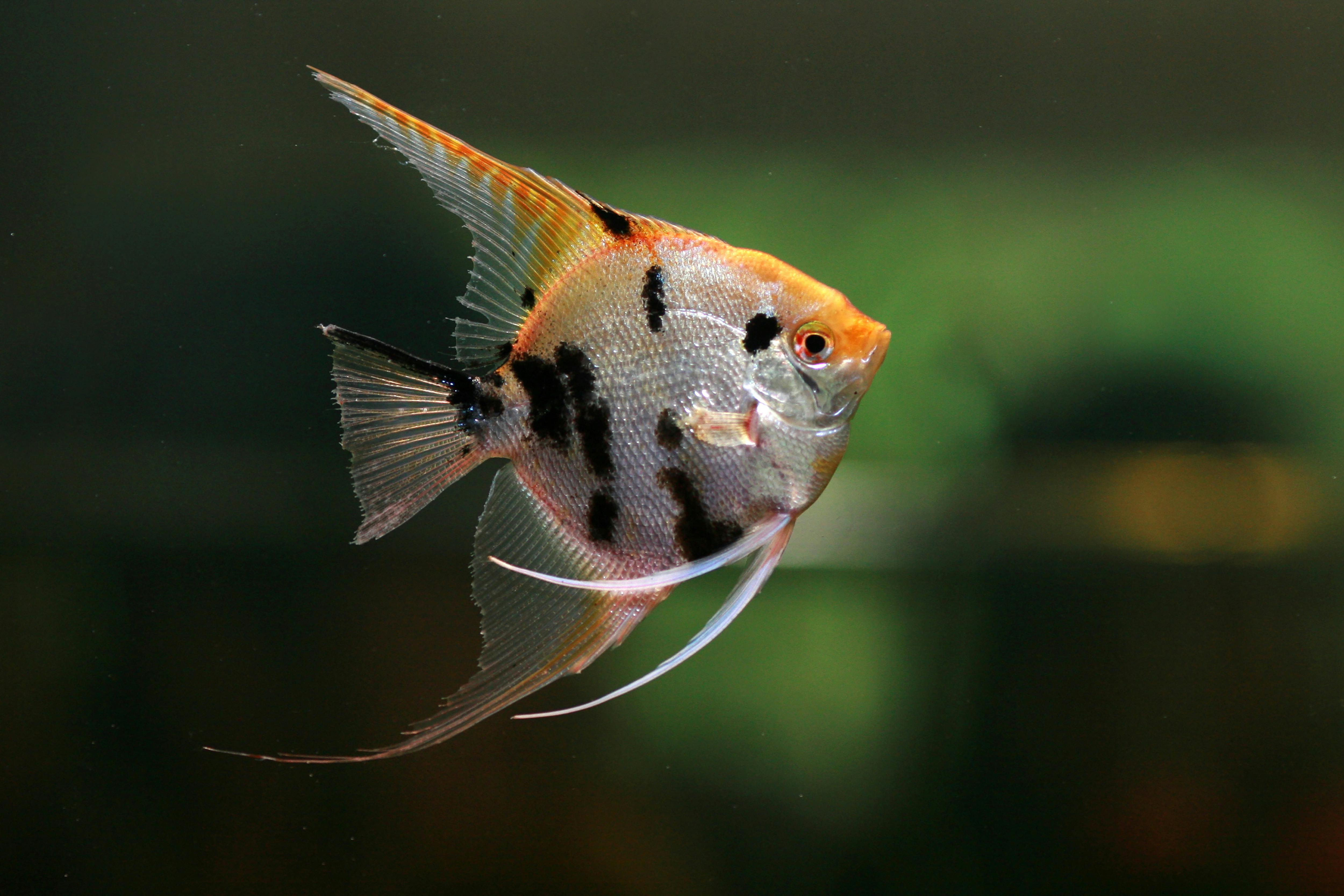
Effective Ways to Care for Female Betta Fish in 2025
Caring for female betta fish is a rewarding experience that requires understanding their unique needs and behaviors. Betta fish, especially the females, offer vibrant colors and fascinating interactions, making them popular choices for aquarium enthusiasts. This guide will delve into the essential aspects of betta fish care, focusing on female bettas, their habitat, diet, and health management. If you want to ensure a flourishing environment for your aquatic friends in 2025, read on to explore the best practices for betta fish maintenance and care.
Understanding betta fish behavior and preferences is crucial for creating a suitable habitat. From choosing the right tank size and decorations to maintaining optimal water conditions, you'll find everything you need to know to enhance the life of your female bettas. As we move through the article, we will also touch upon dietary requirements, breeding behaviors, and tips for monitoring their health. Here's what to expect:
- Housing and tank setup for female bettas
- Diet and nutrition tailored for female bettas
- Understanding betta fish behavior
- Signs of good health and common health issues
- Safe tank mates and social behaviors
By the end of this guide, you will be well-equipped to create a happy and healthy environment for your female betta fish.
Choosing the Right Betta Fish Tank Setup
Creating an appropriate betta fish tank setup is fundamental for the well-being of your female bettas. Female bettas thrive in environments that mimic their natural habitats. For a successful tank setup, consider the following:
Tank Size and Specifications
Female bettas do well in a tank that is at least 5 gallons in size. This provides ample swimming space and helps maintain stable water conditions. A larger tank also reduces stress since it can better support the necessary water parameters. Ensure your betta fish tank size accommodates their needs—consider formations that allow your aquatic friends to establish territories while minimizing aggression among tank mates.
Essential Tank Supplies
Investing in quality betta fish supplies contributes significantly to their overall health. Essential items include a reliable filtration system to maintain clean water, heating equipment to keep water at optimal temperatures (76°F - 82°F), and appropriate lighting to highlight the vibrant colors of your betta fish. Choosing tank decorations wisely can also prevent stress, as hiding spots such as plants and caves give female bettas a sense of security.
Water Conditions for Betta Fish
Maintaining proper water conditions is vital in betta fish care. Aim for a pH level of 6.5 to 7.5, and ensure the hardness ranges between 5 to 20 dGH. Regular water changes are essential—about 25% weekly—to keep ammonia and nitrate levels low. Conduct regular checks with a water testing kit to monitor these parameters regularly.
Filtration and Other Requirements
A good filtration system is indispensable for your betta fish tank. Consider using a gentle filter to avoid strong currents, which can stress your female bettas. Besides filtration, providing proper tank cycling helps establish beneficial bacteria, which contribute to a healthy aquarium environment. If you’re unsure how to cycle your tank, you can use products designed for aquariums to speed up the process.
Taking these aspects into account will ensure that you create a sustainable and enriching atmosphere for your female bettas, thereby enhancing their natural behaviors and overall health.
Feeding Female Betta Fish: Diet and Nutrition
Nutrition plays a crucial role in the health and vibrancy of your female betta fish. Feeding your bettas tailored diets ensures they meet their dietary needs, promoting longevity and optimal health.
Understanding Betta Fish Dietary Needs
Betta fish are primarily carnivorous, requiring a protein-rich diet. High-quality pellets designed for bettas should be the staple food, supplemented occasionally with live or frozen foods such as brine shrimp, bloodworms, and daphnia. These additions not only enhance their nutrition but also stimulate natural hunting instincts.
Best Foods for Female Betta Fish
When selecting foods for your female bettas, look for options that emphasize high protein content and avoid fillers like corn and soy. Many betta fish food brands offer specialized formulations that cater to the nutritional needs of female species, focusing on their growth and coloration. Be sure to adjust feeding portions according to their size and activity level to avoid overfeeding, which can lead to health complications.
Feeding Schedule and Portion Management
Establishing a regular feeding schedule helps maintain a balanced diet. Feed your female bettas 2-3 times a day, offering only a small amount they can consume within a few minutes. Watch for signs of stress or overfeeding, such as bloating and lethargy, and adjust portions accordingly to keep your bettas healthy.

Understanding Betta Fish Behavior and Socializing
Behavioral understanding is key to ensuring your female bettas thrive in their environment. Observing their interactions can reveal crucial insights into their health and social needs.
The Social Nature of Female Betta Fish
While bettas are known for their aggression, female bettas can cohabit in groups known as sororities, given there is enough space and hiding spots. When introducing new females, monitor their behavior closely to prevent fighting. Establishing a sorority can be rewarding but also requires careful management of tank mates.
Signs of Stress in Betta Fish
Be attentive to stress indicators in your bettas. Behavioral signs like hiding, rapid gill movement, or loss of appetite are key indicators of stress. Providing a stable tank environment, with clean water and minimal disturbances, will greatly alleviate stress levels.
Monitoring Betta Fish Health
Regular health monitoring is essential for your female bettas. Watch for any signs of illness, including unusual swimming patterns, discoloration, or lesions. Early detection can lead to prompt treatment, significantly improving their chances of recovery.

Signs of a Healthy Betta Fish and Common Health Issues
Recognizing the signs of a healthy betta fish contributes to timely interventions if health issues arise. This section highlights essential health tips and common ailments female bettas may experience.
Healthy Betta Fish Characteristics
A healthy female betta fish displays vibrant colors, an appetite for food, and active swimming behavior. Pay attention to their fins and scales; they should appear smooth and intact without signs of tearing or discoloration.
Common Health Issues in Betta Fish
Female bettas may encounter health issues such as fin rot, ich, or bacterial infections. Regular water changes and monitoring for signs of illness, like clamped fins or swelling, can help catch issues early, allowing for swift treatment.
Best Practices for Maintaining Betta Fish Health
Implementing best practices for health checks, including adding aquarium salt, careful feeding, and maintaining ideal water temperatures, further ensures the longevity of your female bettas. Knowledge of best practices will allow you to provide an optimal living situation, promoting their well-being.
Selecting Ideal Tank Mates for Female Bettas
Choosing compatible tank mates for female bettas is crucial to maintaining a harmonious aquarium environment. This section provides insights on safe and ideal companions for your female bettas.
Best Tank Mates for Female Betta Fish
Consider fish that are non-aggressive and share similar water condition requirements, such as guppies, platys, or neon tetras. These species typically get along well with bettas, reducing the chance of territorial disputes.
Tank Mates to Avoid
Avoid keeping aggressive fish or species that share similar colors and fins, as they could trigger territorial behavior in your bettas. Fish like male bettas, certain cichlids, and barbs should not be kept with females, to prevent aggression or stress.
Observing Fish Interactions
Monitoring fish interactions is essential once new tank mates are introduced. Watch for signs of stress or aggression and be prepared to separate them if necessary.
```